The Third Law Of Trauma
The Trauma Pro
AUGUST 14, 2024
Trauma patients don’t always behave the way we would like. They continually surprise us, sometimes for the better when they recover more quickly and completely than we thought. But sometimes it’s for the worse. They occasionally crash when we think everything is going so well. The crashing patient is in obvious need of help and most trauma professionals know what to do.

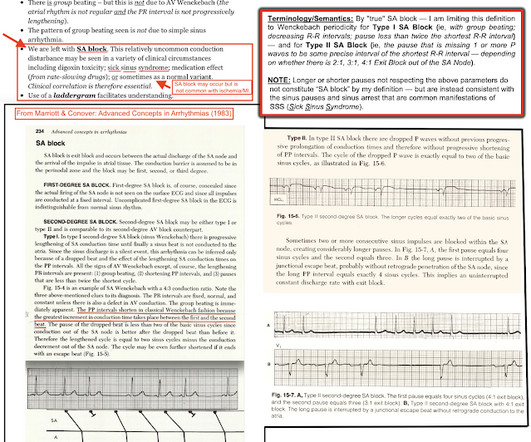
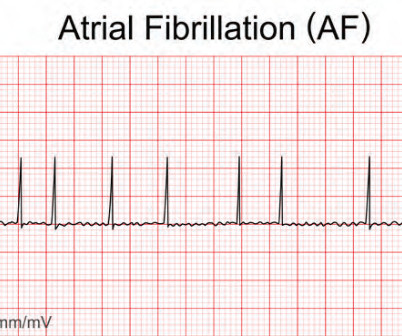


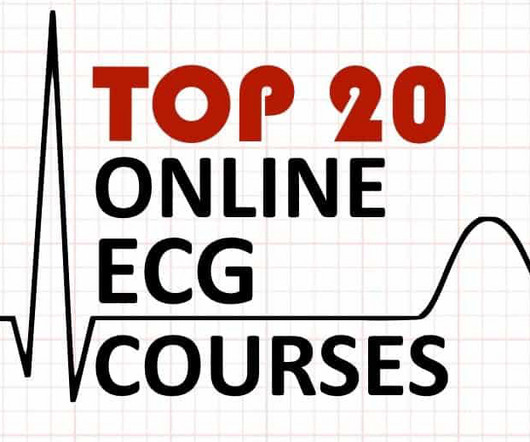

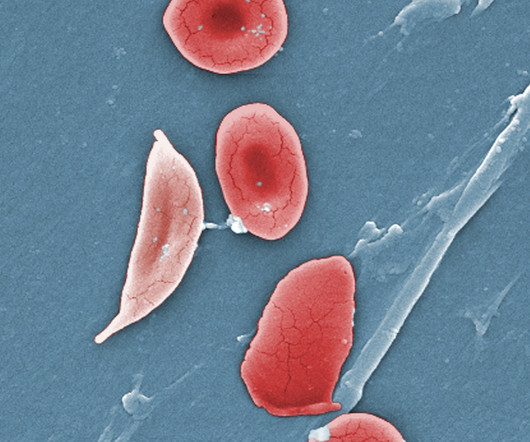



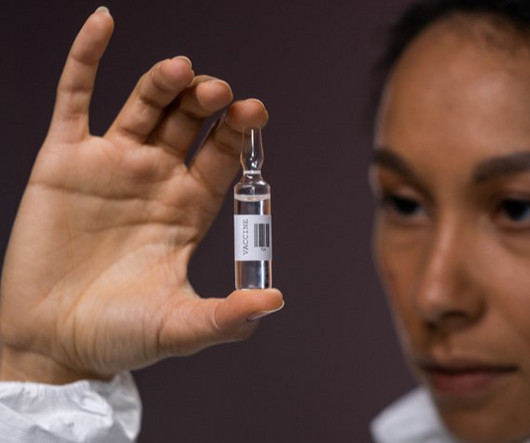
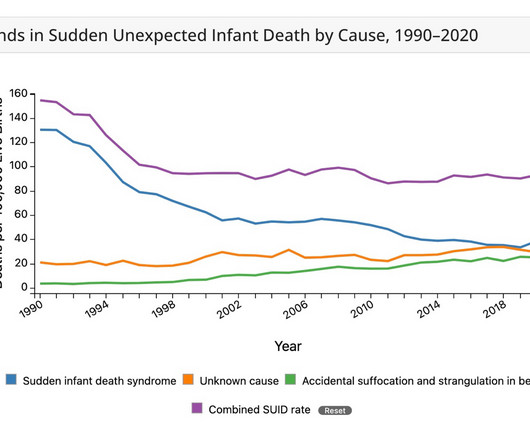







Let's personalize your content